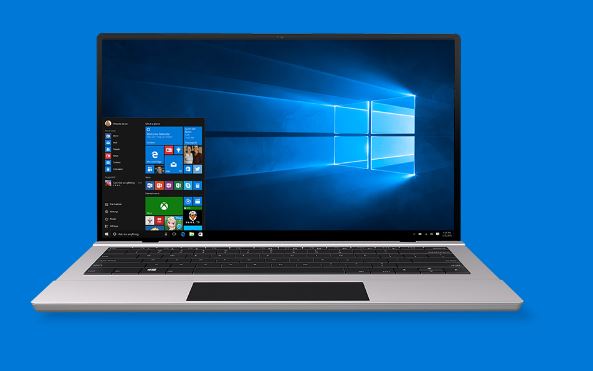Microsoft: Windows 10 now on 400 million devices

Windows 10 is now running on 400 million active devices as of today, September 26, Microsoft officials said.
That's up from 300 million as of May 5, and 207 million at the end of March. "Active devices" mean devices than have been active in the past 28 days, Microsoft officials have said. The figure includes not only Windows 10 installed on PCs, tablets, and phones, but also on Xbox One consoles and HoloLens, Surface Hubs.
Microsoft's original goal was to have Windows 10 running on one billion devices by 2018, but execs recently conceded they wouldn't make that number until some unspecified time after that.

Microsoft execs shared the newest stats on the opening day of the Microsoft Ignite conference in Atlanta.
They also said that Windows Insider testers working with early Windows 10 "Redstone 2" builds soon should get their hands on a new Edge browser security feature that's been rumored for some time: Container-based isolation in the browser.
That container-based isolation is technology codenamed "Barcelona." While Windows 10 Enterprise currently supports containers for development purposes, Barcelona is specific to the browser baked into the operating system.
Microsoft execs have christened Barcelona "Windows Defender Application Guard," they said today. The feature will use virtualization-based security, isolating potentially malicious code in containers so it can't spread across company networks. Starting "early next year," Microsoft will start testing this feature with enterprise customers who've expressed interest, officials said.
Microsoft officials also said at Ignite today that the Windows Defender Advanced Threat Protection (ATP) and Office 365 ATP services now "share intelligence mutually." These services help detect and thwart advanced attacks. And as of early 2017, Office 365 ATP will be extended to Word, Excel, PowerPoint, SharePoint Online, and OneDrive for Business. Users will be able to get email with placeholder attachment and use "URL detonation" for analyzing links in real time.